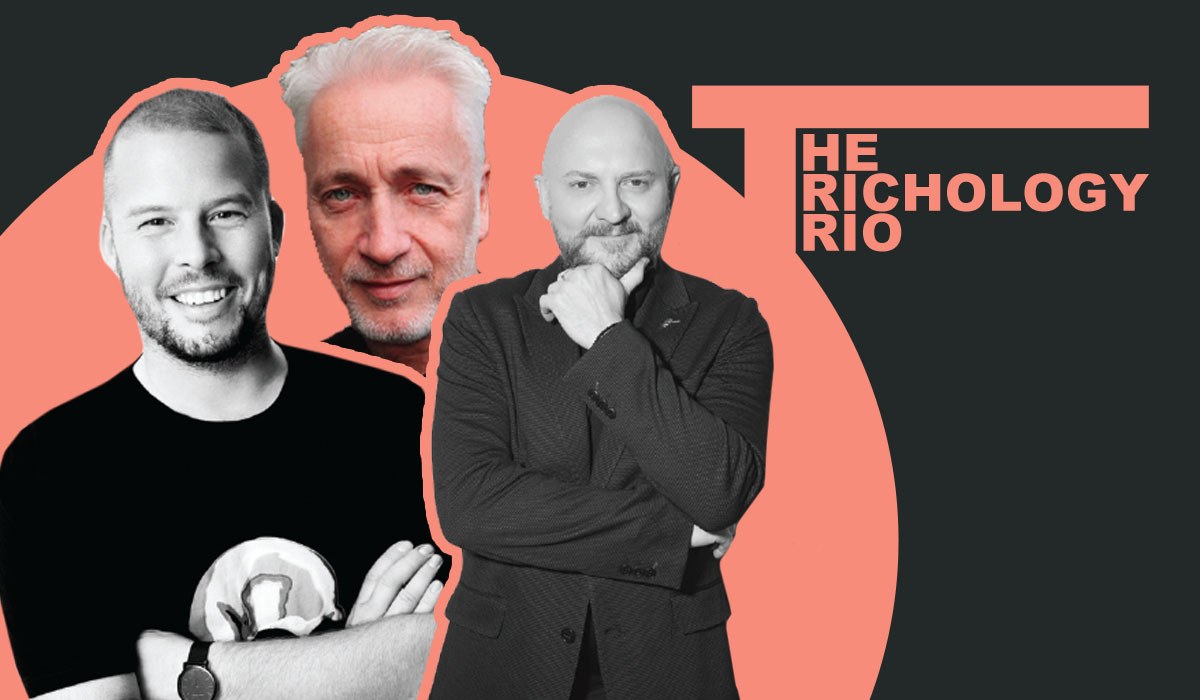Three hairdresser-turned-trichologists use their hand and scalp expertise to answer some of the most common questions they face in salons today.
This month, our experts discuss the hair loss condition they encounter most.
Steven Goldsworthy, Goldsworthy’s Swindon
The condition I encounter most frequently is Telogen Effluvium – a form of temporary hair loss often triggered by stress or physiological changes.
Given that many patients experience significant distress about their hair or scalp concerns – and often feel that initial consultations with their GP haven’t provided sufficient reassurance – it’s crucial to approach each interaction with empathy and clarity. While not every issue can be immediately resolved, we ensure that our language is supportive and informative, offering advice, alternative solutions and reassurance.
Many trichological conditions involve complex medical terminology, so it’s essential to communicate these issues in accessible language. I explain the underlying causes and the rationale for proposed treatments by breaking down the technical terms into simpler concepts. This approach not only clarifies the diagnosis, but also empowers patients with a clear understanding of what to expect and the next steps in management.
Consultations are held in a dedicated space that is both private and quiet, designed to provide a calm, professional atmosphere away from the busy areas of the main salon.
The roles of trichologist and hairdresser are distinctly different. In my capacity as a hairdresser, interactions tend to be more casual and conversational, fostering a relaxed rapport. However, when I am acting as a trichologist, I adopt a more formal and clinical approach to ensure that each consultation is handled with the highest level of professionalism and sensitivity. Regardless of the role, I remain approachable and supportive, ensuring that all clients feel valued and well cared for.
Darren Fowler, Fowler35, London
The concerns I address as a trichologist are incredibly varied. I see clients in their 20s struggling with poorly executed hair treatments, hormonal imbalances or underlying health conditions not properly managed by healthcare providers. For clients in their 30s, stress-related hair shedding is prevalent, often linked to demanding careers or lifestyle pressures. And by their 40s and 50s, hormonal shifts and menopause significantly impact hair density, scalp health and overall quality. Each client’s journey is unique and must be tailored accordingly.
Hair and scalp concerns aren’t just physical; they carry emotional weight too. Many clients feel distress, anxiety or even a sense of identity loss when dealing with hair shedding or thinning, so conversations must be approached with empathy, reassurance and clarity.
Simplicity is key in discussing trichology concerns. Clients don’t need a deep scientific explanation; they need to understand what’s happening to their hair and how to address it. Conversations should remain positive and solution-focused, especially with younger clients, as excessive worry increases cortisol which can lead to further hair loss. Visual aids like AI scalp cameras, microscopic imagery and charts help make discussions engaging and digestible.
Appointments take place in a completely private setting, separate from the general salon environment. This clinical-style space is designed to provide a calm atmosphere, where clients feel comfortable discussing their concerns without distractions.
Rob Eaton, Russell Eaton, Leeds and Barnsley
Hair shedding (Telogen Effluvium) is one of the most common concerns I consult on. It’s a condition that affects many people at different points in life, and it occurs when sudden or severe stress pushes more hair follicles into the resting (telogen) phase, leading to increased shedding about three months after the triggering event. By the time hair loss is noticeable, the individual has often recovered from the initial cause.
In most cases, the condition is temporary, and hair regrows once the underlying issue is resolved. Under normal conditions, around 85–90% of hair is actively growing, with the rest of it in the resting phase before shedding. The average person loses about 100 hairs daily, but those experiencing Telogen Effluvium may shed up to 300 hairs per day. Triggers include major surgery, illness, extreme weight loss, psychological stress, hormonal changes, iron deficiency, thyroid imbalances, certain medications and even lifestyle factors like excessive sun exposure or jet lag. While the condition can be distressing, it rarely leads to permanent hair loss, as new hair continues to grow in its place.
When consulting on Telogen Effluvium with clients, it’s crucial to provide a private, calm space where they feel comfortable discussing their concerns. I run clinics on quieter days of the week and on a separate floor in the salon, so the space is dedicated to the trichology consultations.
Read more from The Trichologist Trio





